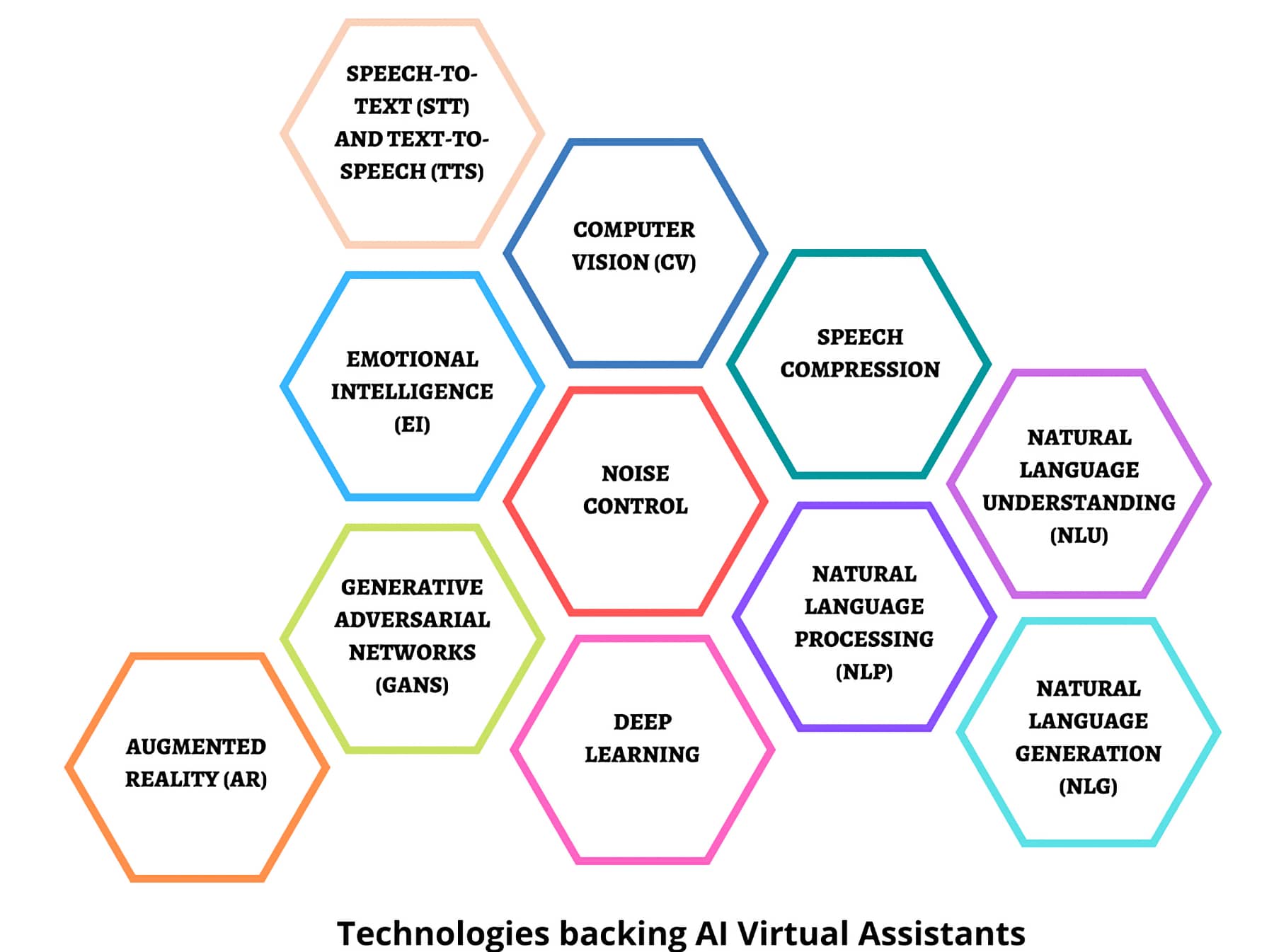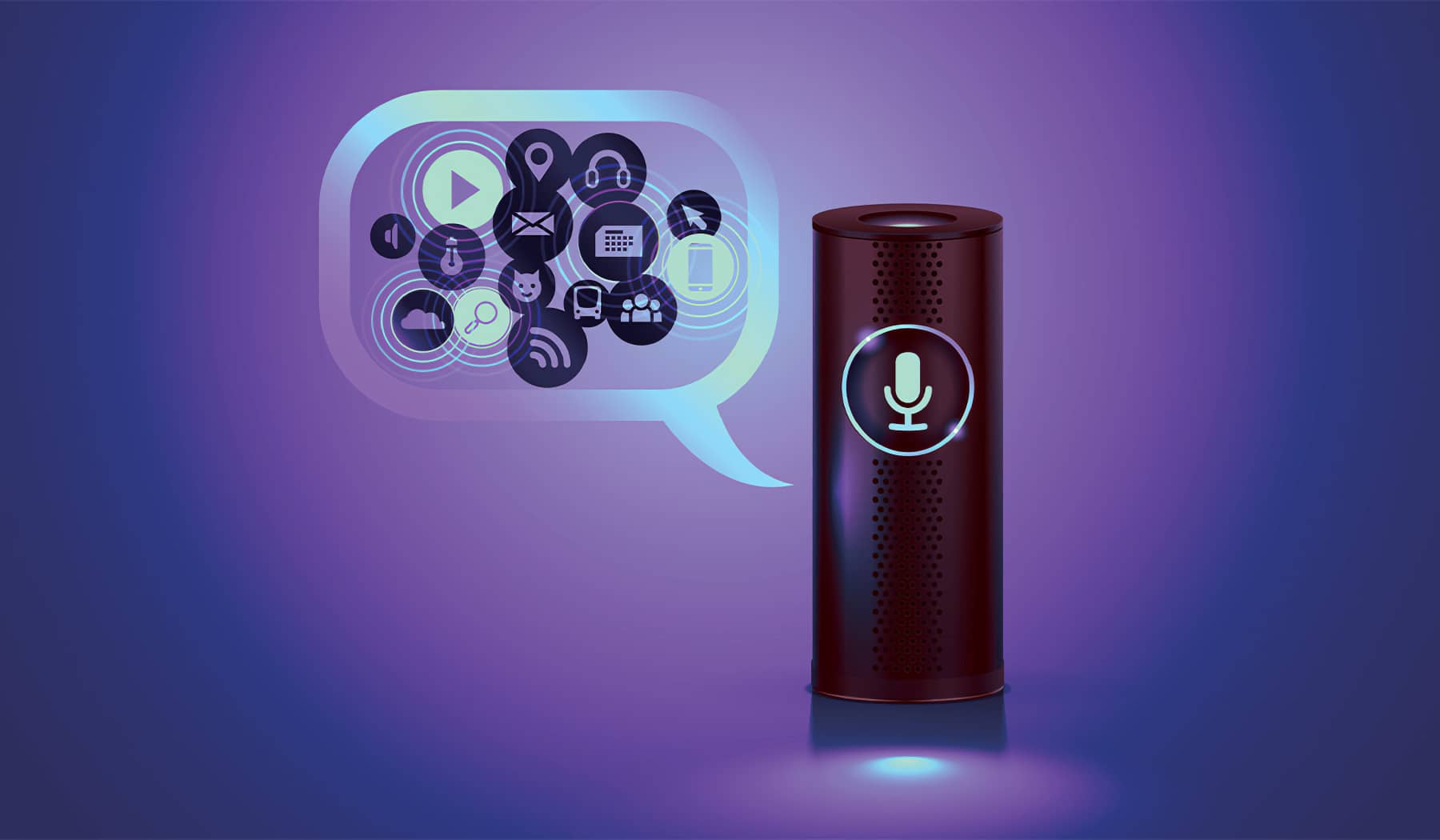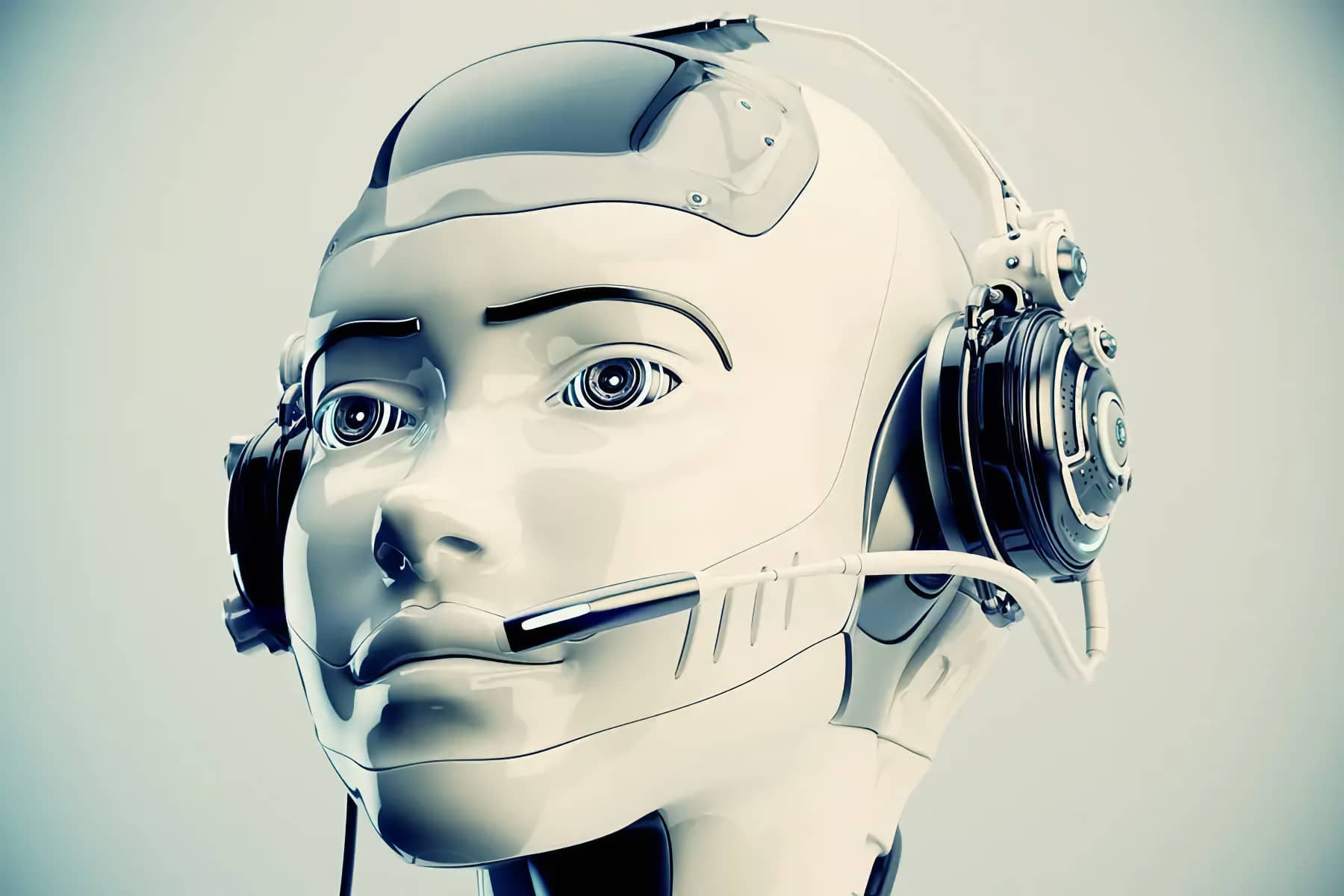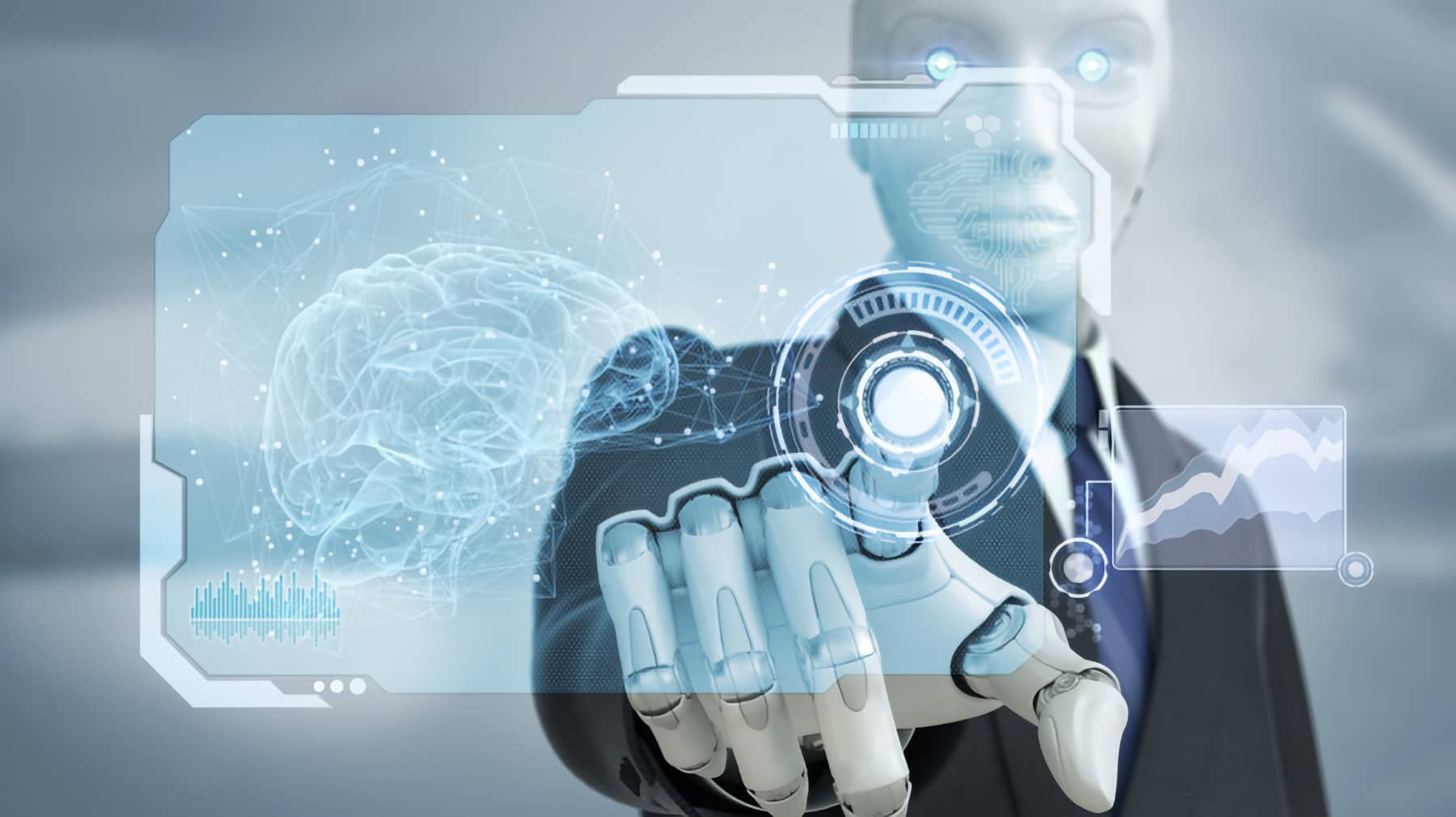AI Personal Assistants, also known as virtual assistants, are revolutionizing the way we interact with technology. In this article, we will delve into the world of AI Personal Assistants. We will explore what they are, how they work, their various types, the technology that powers them, and their numerous benefits. We will also look at some of the challenges they face and their future prospects.
So, whether you're someone who's interested in the technology behind these AI assistants or a business looking to leverage them to improve customer experience, this article will provide you with a comprehensive understanding of AI Personal Assistants. AI virtual assistants have become an integral part of our digital lives in recent years. Powered by artificial intelligence and natural language processing, these virtual agents are software programs designed to understand natural language voice commands and complete tasks through conversational interactions. Some of the key characteristics and capabilities of AI virtual assistants include:
Natural language processing (NLP) - Allows the assistant to comprehend human language and interpret user requests/commands.
Voice recognition - Transcribes and understands spoken commands using speech recognition technology.
Conversational interface - Engages user through an interactive, conversational experience.
Integration - Connects with other applications, services, devices to complete user tasks.
Personalization - Learns from user behavior and preferences to provide customized assistance.
Artificial Intelligence - Continuously learns and improves its language processing and completion of tasks.
AI virtual assistants are available on various platforms and devices today:
Smart speakers - Amazon Echo, Google Home etc.
Smartphones - Digital assistants like Siri, Google Assistant, Bixby etc.
Wearables - Smartwatches and other wearable devices.
Laptops/Desktops - Can be accessed through apps and web browsers.
Some popular examples of AI virtual assistants used today:
Alexa
Siri
Cortana
Google Assistant
The adoption of AI assistants is being driven by advancements in natural language processing, speech recognition and conversational AI. Their ability to simplify daily tasks through conversational interactions continues to expand their capabilities and use cases. To learn more about the basics of AI, you can check out our article on what is artificial intelligence. Stay with us as we embark on this fascinating journey into the world of AI Personal Assistants.

What is an AI Personal Assistant?
An AI Personal Assistant, also known as a virtual assistant or digital assistant, is an application that uses artificial intelligence, natural language processing, and machine learning to understand and carry out tasks based on user inputs. These tasks can range from setting alarms and reminders, sending messages, making phone calls, searching the internet, and even controlling smart home devices. These AI assistants can be voice-activated, like Siri or Alexa, or text-based, like a chatbot used for customer support. They are designed to understand human language, respond in a human-like manner, learn from interactions, and even predict user needs over time.
How do AI Virtual Assistants Work?
The working of an AI assistant is a blend of various AI technologies:
Natural Language Processing (NLP): It enables the AI assistant to understand and interpret human language. It involves tasks like speech recognition, language understanding, language generation, and translation.
Machine Learning: It allows the AI assistant to learn from past interactions and improve its responses over time.
Voice Recognition: For voice-activated AI assistants, voice recognition is crucial. It helps the assistant understand and respond to voice commands.
What is the Objective of AI Personal Assistant?
The primary aim of an AI personal assistant is to make our lives easier by automating tasks and providing instant information. They help in:
Scheduling: Setting reminders, alarms, and calendar events.
Organization: Managing emails, notes, to-do lists, etc.
Communication: Sending messages, making calls, and even drafting emails.
Personalization: Providing personalized recommendations based on user preferences and habits.
AI personal assistants are not just for personal use; businesses are also leveraging them to improve customer service and engagement. They are used in customer support, sales, marketing, and even HR. For a deeper dive into AI and its applications, you can visit our blog post on AI-powered knowledge management.

Types of AI Virtual Assistants
There are several different types and categories of AI-powered virtual assistants available today. The main types include:
AI Chatbots
Chatbots are one of the most common types of AI virtual assistants. They are programs that interact with users via text conversations. Chatbots can be found on websites, messaging platforms like Facebook messenger, or customer service applications. AI Chatbots are text-based interfaces that interact with users to provide customer support, answer queries, and even perform tasks like booking appointments or ordering food. They use AI, NLP, and machine learning to understand user inputs and provide appropriate responses. Chatbots are widely used in customer service to provide instant support, answer frequently asked questions, and even guide users through complex processes. They are available 24/7, providing businesses with an efficient way to handle customer queries. To learn how to build an AI chatbot with a custom knowledge base, you can visit our blog post on how to make an AI chatbot. Some key features of chatbots:
Communicate through text interfaces
Use natural language processing to understand text
Provide responses based on programmed rules and data
Common uses include customer service, ecommerce, marketing
Chatbots can be divided into two main categories: Rule-based chatbots These bots respond using a set of programmed rules and do not learn from conversations. They work well for limited conversations with predefined options. AI-powered chatbots These leverage AI and natural language processing to understand free-form user input. They continuously improve their conversational abilities through machine learning. AI chatbots can handle more complex interactions.
Avatars
Some virtual assistants utilize avatars, which are digital representations of the assistant. These may include:
Human-like 3D animated characters
2D cartoon avatars
Interactive emojis
Avatars add visual appeal and personality to AI assistants. They also provide added context through facial expressions and gestures during conversations.
Domain-Specific Assistants
Rather than being general purpose, domain-specific AI assistants are designed for particular use cases or industries. Some examples include:
Medical chatbots - Provide health/wellness information
Real estate assistant - Help find houses and schedule viewings
HR virtual assistant - Handles common HR queries
Customer support bot - Answers product/service questions
These assistants are tailored to the domain vocabulary, use cases, data types, and workflows. Their knowledge base and NLP is optimized for their specific purpose.
Multimodal Assistants
Multimodal assistants combine multiple interaction modes in one seamless experience. For example:
Chatbots with voice input/output
Avatars that chat, speak, gesture, and analyze user reactions
Apps allowing chat, voice, AR, and touch
This allows users to interact in the mode most convenient or suited to their current situation and preferences. Multimodal combinines the strengths of different interaction modes.
Conversational AI
Conversational AI is a more advanced form of AI that uses natural language processing and machine learning to understand, process, and respond to human language in a natural, human-like way. It goes beyond simple text-based interactions to provide a more engaging and interactive user experience. Conversational AI can be used in various applications, from virtual assistants and chatbots to voice-activated systems and personal digital assistants.
AI Virtual Assistant
An AI Virtual Assistant is a software that uses AI to perform tasks or services for an individual. These tasks can range from answering questions and setting reminders to controlling smart home devices and providing personalized recommendations. AI virtual assistants can interact with users through voice, text, or both. They can be integrated into various devices, including smartphones, smart speakers, laptops, and even smartwatches.
AI Voice Assistant
AI Voice Assistants are a type of AI assistant that uses voice recognition and speech synthesis to interact with users. They can understand and execute voice commands, making them a convenient tool for hands-free operation. AI voice assistants are commonly used in smart speakers, smartphones, and smart home devices. They can perform a variety of tasks, from playing music and providing weather updates to controlling smart home devices and answering queries. Voice assistants, like Siri and Alexa, allow users to interact through speech instead of text. They incorporate the following core features:
Speech recognition - Transcribes spoken commands
Natural language understanding - Derives meaning from speech
Voice synthesis - Generates computerized speech output
Conversational interface - Interactive dialogues
Voice assistants rely on advancements in deep learning and neural networks to deliver more natural conversational experiences. They are ideal for hands-free use cases.
AI Text Assistant
AI Text Assistants are AI assistants that interact with users through text. They can understand and respond to text inputs, making them a useful tool for tasks like drafting emails, writing reports, or even creating content.
AI Writing Assistant
AI Writing Assistants are advanced AI tools that can help with writing tasks. They use AI, NLP, and machine learning to understand the context, provide suggestions, check grammar and spelling, and even generate content. They can be a valuable tool for writers, marketers, and anyone who needs help with writing. In the next section, we will delve deeper into the technology behind these AI assistants. For more information on AI and its applications, you can visit our blog post on unifying LLMs and knowledge graphs.

Technology Behind AI Assistants
The magic behind AI assistants lies in the advanced technologies they employ. These technologies enable them to understand, interpret, and respond to human language in a meaningful way. Let's delve into these technologies.
Artificial Intelligence
Artificial Intelligence (AI) is at the core of AI assistants. It enables them to understand user inputs, make decisions, and learn from their interactions. AI is what allows these assistants to improve their performance over time and provide personalized experiences.
Natural Language Processing
Natural Language Processing (NLP) is a crucial technology for AI assistants. It allows them to understand and interpret human language, making it possible for them to interact with users in a natural, human-like way. NLP involves several tasks, including:
Speech Recognition: Converting spoken language into written text.
Natural Language Understanding: Understanding the meaning and context of the text.
Natural Language Generation: Generating human-like text based on the understanding.
You can learn more about NLP and its applications in our article on word embedding in NLP.
Machine Learning
Machine Learning is another crucial technology for AI assistants. It enables them to learn from their interactions and improve their responses over time. Machine learning algorithms can analyze large amounts of data, identify patterns, and make predictions based on these patterns.
Voice Recognition
Voice Recognition is essential for voice-activated AI assistants. It enables them to understand and respond to voice commands. Voice recognition involves converting spoken language into text, which is then processed by the AI assistant.
Speech Recognition
Speech Recognition is a part of voice recognition. It involves converting spoken language into written text. This text is then processed by the AI assistant to understand the command and provide an appropriate response.
Text-Based Interfaces
Text-Based Interfaces are used by text-based AI assistants. They allow users to interact with the AI assistant through text. These interfaces can be used for various tasks, including drafting emails, writing reports, and even creating content. In the next section, we will look at the various devices used for AI assistants. To learn more about AI and its applications, you can visit our blog post on AI-powered enterprise search.

Devices Used for AI Assistants
AI assistants can be integrated into a wide range of devices, making them accessible and convenient to use. Here are some of the common devices used for AI assistants:
Smartphones
Smartphones are the most common device used for AI assistants. They come with built-in AI assistants like Siri for iPhones and Google Assistant for Android phones. These assistants can perform a wide range of tasks, from setting alarms and reminders to answering queries and even controlling smart home devices.
Smart Speakers
Smart Speakers, like Amazon Echo and Google Home, are voice-activated devices that use AI assistants to perform tasks. They can play music, provide weather updates, answer queries, and even control smart home devices, all through voice commands.
Laptops/Computers
AI assistants are also available on laptops and computers. They can help with tasks like searching the internet, sending emails, setting reminders, and even drafting documents.
Smartwatches
Smartwatches are another device where AI assistants are making their mark. They can provide quick information, send messages, make calls, and even track health and fitness data. In the next section, we will look at some examples of AI virtual assistants. For more insights into AI and its applications, you can visit our blog post on autonomous digital enterprise.

Examples of AI Virtual Assistants
AI virtual assistants have become a common part of our daily lives. Here are some examples of popular AI virtual assistants:
Alexa
Alexa is Amazon's voice-activated AI assistant. It's primarily used in Amazon's Echo devices but is also available on smartphones and other devices. Alexa can play music, provide news updates, answer queries, control smart home devices, and much more.
Siri
Siri is Apple's AI assistant, available on iPhones, iPads, Apple Watch, and Mac. Siri can send messages, make calls, set reminders, answer queries, and even suggest personalized recommendations based on user habits.
Google Assistant
Google Assistant is Google's AI assistant, available on Android phones, Google Home devices, and other smart devices. Google Assistant can answer queries, send messages, make calls, control smart home devices, and even make restaurant reservations.
Cortana
Cortana is Microsoft's AI assistant, available on Windows devices, smartphones, and Microsoft's smart speaker, Invoke. Cortana can set reminders, send emails, answer queries, and even integrate with other Microsoft services like Outlook and Teams. These AI assistants have revolutionized the way we interact with technology, making our lives easier and more convenient. In the next section, we will delve into the numerous benefits of using AI assistants. For more insights into AI and its applications, you can visit our blog post on ChatGPT alternatives.
Benefits of Using AI Assistants
The use of AI assistants comes with a plethora of benefits, both for individuals and businesses. Let's delve into some of these benefits:
Improved Productivity and Efficiency
AI assistants can automate routine tasks, freeing up time for more important tasks. They can set reminders, schedule appointments, send emails, and much more, improving productivity and efficiency.
24/7 Customer Service and Support
AI assistants, especially chatbots, can provide customer service and support round the clock. They can answer frequently asked questions, guide users through processes, and even escalate issues to human agents if needed.
Automation of Repetitive Tasks
AI assistants can handle repetitive tasks, reducing the workload on human agents and allowing them to focus on more complex tasks.
Personalized Recommendations
AI assistants can provide personalized recommendations based on user preferences and habits. This can enhance the user experience and improve customer satisfaction.
Enhanced User Experience
By providing instant responses, personalized recommendations, and 24/7 support, AI assistants can significantly enhance the user experience.
Faster Information Access
AI assistants can provide quick access to information, whether it's answering queries, providing news updates, or even finding the best restaurant nearby.
Hands-Free Convenience
Voice-activated AI assistants provide the convenience of hands-free operation, making them especially useful for tasks like cooking, driving, or when your hands are otherwise occupied. In the next section, we will delve into the capabilities of virtual assistants. For more insights into AI and its applications, you can visit our blog post on AI data preparation.

Capabilities of Virtual Assistants
AI virtual assistants are not just about answering queries or setting reminders. They come with a range of capabilities that make them a powerful tool for both individuals and businesses. Let's delve into some of these capabilities:
Understanding and Interpreting Human Language
Thanks to Natural Language Processing, AI assistants can understand and interpret human language. They can understand the context, sentiment, and intent, allowing them to interact with users in a more natural, human-like way.
Learning from Interactions
AI assistants can learn from their interactions. They use machine learning algorithms to analyze past interactions, learn from them, and improve their responses over time.
Predicting User Needs
AI assistants can predict user needs based on their past behavior and preferences. They can provide personalized recommendations, anticipate user needs, and even proactively perform tasks.
Integrating with Other Services
AI assistants can integrate with other services to provide a seamless user experience. They can control smart home devices, integrate with calendar and email services, and even book reservations or order food.
Providing Personalized Experiences
AI assistants can provide personalized experiences based on user preferences and habits. They can suggest personalized recommendations, adjust their responses based on user feedback, and even adapt their behavior based on user preferences.
Handling Multiple Tasks Simultaneously
AI assistants can handle multiple tasks simultaneously. They can set reminders, send emails, control smart home devices, and even answer queries, all at the same time. In the next section, we will delve into why companies create AI assistants. For more insights into AI and its applications, you can visit our blog post on unifying LLMs and knowledge graphs.
Why Do Companies Create AI Assistants?
The use of AI assistants is not just limited to personal use. Many companies are creating their own AI assistants for various reasons:
Enhance Customer Experience
AI assistants can enhance customer experience by providing instant responses, personalized recommendations, and 24/7 support. They can answer frequently asked questions, guide customers through processes, and even escalate issues to human agents if needed.
Improve Efficiency
AI assistants can automate routine tasks, freeing up human agents to focus on more complex tasks. This can improve efficiency and reduce operational costs.
Provide 24/7 Support
AI assistants can provide customer support round the clock, ensuring that customers' queries and issues are addressed promptly, regardless of the time of day.
Personalize Customer Engagement
AI assistants can provide personalized experiences based on customer preferences and behavior. This can improve customer engagement and satisfaction.
Gain Competitive Advantage
By leveraging AI technology, companies can gain a competitive advantage. AI assistants can provide a unique, personalized, and efficient customer experience, setting the company apart from its competitors. In the next section, we will delve into the challenges and limitations of AI assistants. For more insights into AI and its applications, you can visit our blog post on ChatGPT limited characters.
Challenges with AI Virtual Assistants
Despite their benefits, AI virtual assistants present some key challenges:
Misunderstanding user requests - Even with NLP advancements, assistants may misunderstand ambiguous or complex input.
Limited capability for complex tasks - Assistants are narrowly focused, and struggle with tasks requiring deeper reasoning.
Privacy concerns - There are data privacy risks given the personal data assistants collect.
Over-reliance on assistants - Users may become overdependent on assistants vs thinking critically.
Bias in responses - Bias from training data can lead to problematic responses.
Lack of emotional intelligence - AI still lags in recognizing emotions, empathy, building rapport.
Perceived as impersonal - Interacting with an AI lacks human warmth and connection.
Addressing these limitations in a responsible manner will be important as the technology matures. Striking the right balance between AI and human support will lead to the most impactful applications. In the next section, we will delve into the future of AI assistant technology. For more insights into AI and its applications, you can visit our blog post on personal knowledge management system.
The Future of Virtual AI Assistant Technology
The future of AI assistant technology looks promising. With advancements in AI, machine learning, and natural language processing, we can expect AI assistants to become more intelligent, more understanding, and more human-like in their interactions. They will be able to understand context and nuance better, handle more complex tasks, and provide more personalized experiences. AI assistants will also become more integrated into our daily lives. They will be available on more devices and will be able to interact with a wider range of services and applications. They will not just be assistants; they will become our companions, helping us with our daily tasks, guiding us through our day, and even taking care of our well-being. AI virtual assistants are still early in their evolution. As language AI and machine learning continue rapid development, we can expect:
Advancements in natural language processing - More accurate understanding of nuances, slang, dialects across languages.
Hyper-personalization - Assistants will become increasingly tailored to individual users.
Expanded capabilities - Assistants will move beyond information lookup and task delegation to advising, strategizing, ideating.
Multimodal interaction - Support for interacting via combinations of touch, voice, gestures, expressions.
Emotion recognition and simulation - Assistants will demonstrate greater emotional intelligence.
Proactive assistance - Being able to anticipate user needs and proactively assist.
Augmented intelligence - Seamless collaboration between humans and AI where each plays to their strengths.
These ongoing innovations will enable more natural, intuitive interactions between humans and machines. AI assistants have huge potential to transform customer engagement, marketing, support, and workplace productivity.
What are the Benefits of Using an AI Virtual Assistant?
As we've discussed throughout this article, AI virtual assistants offer numerous benefits:
They can automate routine tasks, improving productivity and efficiency.
They can provide instant information and 24/7 support, enhancing customer service and support.
They can offer personalized recommendations and experiences, improving customer satisfaction and engagement.
They can learn from their interactions and improve their performance over time, providing a continually improving user experience.
Conversational AI by Industry
Conversational AI is being used in various industries, each with its unique applications:
Customer Service: AI chatbots are used to provide instant, 24/7 customer support.
Sales and Marketing: AI assistants can provide personalized recommendations, guide customers through the buying process, and even upsell and cross-sell products.
Healthcare: AI assistants are used to answer patient queries, schedule appointments, and even provide health advice.
HR: AI assistants can automate HR tasks like screening resumes, scheduling interviews, and answering employee queries.
Which is the Best AI Personal Assistant?
The "best" AI personal assistant depends on your specific needs and preferences. Siri, Alexa, Google Assistant, and Cortana all have their unique features and capabilities. Some might excel in certain areas while others might be better in others. It's important to research and choose the one that best fits your needs.
Conclusion
AI assistants are revolutionizing the way we interact with technology. They are making our lives easier and more convenient, improving customer service, and even transforming industries. AI virtual assistants are rapidly evolving AI applications that understand natural language, engage in conversations, and help users get things done. From chatbots to avatars to voice assistants, they are being used in a growing number of use cases. As language AI and machine learning advance, so will the capabilities of virtual assistants. While challenges remain, they hold enormous potential for improving efficiency, customer experience and saving costs. In the future, AI assistants will become ubiquitous, assisting us in ever more seamless ways across many aspects of our personal and professional lives. To learn more about AI and its applications, you can visit our blog post on AI powered knowledge management.
At IngestAI, we understand that the world of artificial intelligence can be complex and sometimes overwhelming. That's why we've compiled a list of frequently asked questions about AI Personal Assistants to help you understand this technology better.


